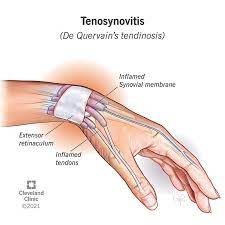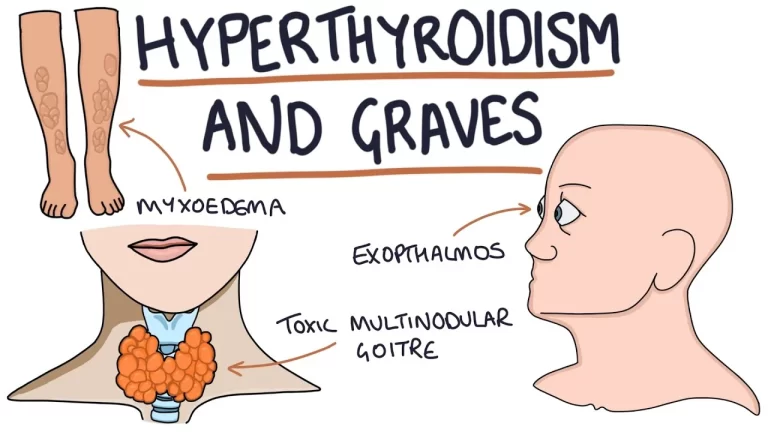Osteomyelitis
Table of Contents
Introduction
- Osteomyelitis is an infection of a bone. Infections can reach a bone by traveling through the bloodstream and spreading from nearby tissue. Infections can begin in the bone itself if any injury exposes the bone to germs. More Smokers and people with chronic health conditions, such as diabetes and kidney failure, are many at risk of developing osteomyelitis.
- Peoples who have diabetes also develop osteomyelitis in their feet if they have foot ulcers. Although once considered incurable, osteomyelitis disease can be successfully treated. More peoples need surgery to remove areas of the bone that have died. After the surgery strong intravenous antibiotics are typically needed.
What is osteomyelitis?
- Osteomyelitis is a bone infection caused by bacteria and fungi. It causes painful swelling of bone marrow and the soft tissue inside your bones. Without treatment, swelling from this bone infection can cut off the blood supply to your bone, causing the bones to die.
What is bone marrow?
- Certain bones in your skeletal system, such as the hip and thighbones, contain soft, and spongy tissue. This tissue, also called bone marrow, makes stem cells that produce blood cells and platelets.
How common the osteomyelitis?
- Osteomyelitis affects about 2 or 5 out of every 10,000 people. It is one of the oldest diseases on record and Scientists have traced it back more than 250 million years.
Who might to osteomyelitis?
- Osteomyelitis affects many people of all ages and genders. Children younger than 3, the elderly, and people with serious medical conditions are more than prone to the condition. In children, the infection is more likely to affect bones, such as those found in the legs and arms. In adults, bone infections many often target the spine.
What are the types of osteomyelitis?
Types of osteomyelitis include:
- Acute: This infection comes on quickly. You may have a fever and develop pain in the infected area days later.
- Chronic: Chronic osteomyelitis is a bone infection that does not go away with treatments. this causes bone pain and recurring drainage (pus). Rarely, chronic osteomyelitis does not have symptoms.
- Vertebral: verbal type affects the spine. It causes chronic back pain that worse when you move. Treatment like resting, heating, and pain relievers don’t help. It rarely fevers. who live in nursing homes, misuse intravenous drugs, or are on dialysis are more prone to spinal bone infections
What are the causes of osteomyelitis?
You are more at risk for getting osteomyelitis if you have:
- The artificial joints, such as a hip replacement.
- Blood infection and conditions like sickle cell anemia.
- Diabetes, especially diabetes-related foot ulcers.
- Metal implants in the bone, such as a screw.
- Pressure injury (bedsores).
- A recent broken bone and bone surgery.
- Traumatic injuries or wounds.
- Weak immune systems.
What are the symptoms of osteomyelitis?
- Drainage (yellow pus).
- Fever.
- Irritability and lethargy.
- Limited, painful movements.
- Loss of appetite.
- Lower back pain.
- Nausea or vomiting.
- Sweating and chills.
How is osteomyelitis disease diagnosed?
After assessing your symptom and performing a physical exam and your healthcare provider may order one or more of these tests:
- Blood tests: A complete blood count (CBC) checks for signs of inflammation or infection. the blood culture looks for bacteria in your bloodstream.
- Imaging tests: X-rays, MRIs, CT scans, and ultrasounds provide images of your bones, muscles, or tissues.
- Bone scan: the bone scan uses a small amount of safe, radioactive material to identify infections and fractures during an imaging scan.
- Biopsy: healthcare provider performs a needle biopsy to take samples of fluid, tissue, or bone to examine for signs of infection
Differential Diagnosis
- Charcot arthropathy especially in many people with diabetes
- SAPHO syndrome (synovitis, acne, pustulosis, hyperostosis, and osteitis)
- Arthritis including rheumatoid arthritis
- Metastatic bone disease
- Fractures, including pathological and stress fractures.
- Gout
- Avascular necrosis of the bones
- Bursitis
- Sickle cell vaso-occlusive pain crises
What are the complications of osteomyelitis disease?
Complications of osteomyelitis disease include:
- Abscesses: Infection is spread to muscles and soft tissue, causing abscesses. This pocket of pus can seep through your skin. People with chronic osteomyelitis are mostly likely to have recurring abscesses. Treatment to drain these abscesses may slightly improve the risk of skin cancer.
- Bone death: it is also called osteonecrosis, bone death can occur if swelling from the infection cuts off blood flow to your bone. Very rarely, this may lead to the loss of a limb or amputation.
- Stunted growth: Osteomyelitis disease in a growing child may stunt bone growth.
How is osteomyelitis disease managed or treated?
- The bone infection can take a long time to heal. The bone infection may clear up faster if you start treatment within three to five days of first noticing symptoms.
Treatments include:
- Antibiotics: Antibiotics kill infection-causing bacteria. You may also need antibiotics for four and eight weeks, starting with intravenous (IV) antibiotics in the hospital for a week or two. You all then take medications by mouth for several weeks. Chronic infections may also require months of antibiotics.
- Antifungals: To treat fungal infections, you may also need to take oral antifungal medications for months.
- Needle aspiration: Your healthcare provider uses fine needles to drain fluid and pus from the abscess.
- Pain relievers: mainly Nonsteroidal anti-inflammatory drugs (NSAIDs) treat pain and inflammation.
Surgery is mainly sometimes needed to treat bone infections. You all need antibiotics after surgery. Surgical options include:
- Bone surgery: Your healthcare provider surgically removes (debrides) infected dead tissue or bone. This procedure results in bone deformities.
- Spine surgery: People with vertebral osteomyelitis disease may need spine surgery. This procedure keeps vertebrae from collapsing or damaging your spinal cord, nerves, and other parts of your nervous system.
How can you prevent osteomyelitis?
- It is important to clean and treat wounds to keep out bacteria and prevent infections. If you have had a recent bone break or surgery, or have artificial joints, contact your healthcare provider at the first sign of any infections. But in many instances, there isn’t anything you can do to prevent osteomyelitis disease.
What is the prognosis for people who have osteomyelitis?
- Many people with osteomyelitis recover with treatment. this prognosis is better the earlier you catch the infection and start treatment. Untreated and chronic infections may permanently damage bones, muscles, and tissues.
Summary
- Osteomyelitis disease is a serious condition that requires immediate treatment. Most bone infections go away when you take antibiotics. Be sure to take all this prescribed medication even if you start feeling better. Stopping the medication too soon can allow the infection to return.
- If you are at risk for osteomyelitis, talk to your healthcare provider about the warning signs of infections so you know when to seek prompt medical care.
FAQ
Many cases of osteomyelitis are caused by staphylococcus bacteria, types of germs commonly found on the skin and in the nose of even healthy individuals. Germs can enter a bone in a variety of ways, including in the bloodstream.
Acute osteomyelitis disease develops rapidly over a period of 7 to 10 days.
In adults, osteomyelitis disease most often affects the vertebrae of the spine and the hips. , these extremities are frequently involved due to skin wounds, and trauma.
Physicians are seeing many cases of an otherwise rare spine infection — osteomyelitis — that can be caused by injecting bacteria along with heroin.
Acute hematogenous osteomyelitis disease can be treated with antibiotics alone. Chronic osteomyelitis disease, is often accompanied by necrotic bone and usually requires surgical therapy.








8 Comments